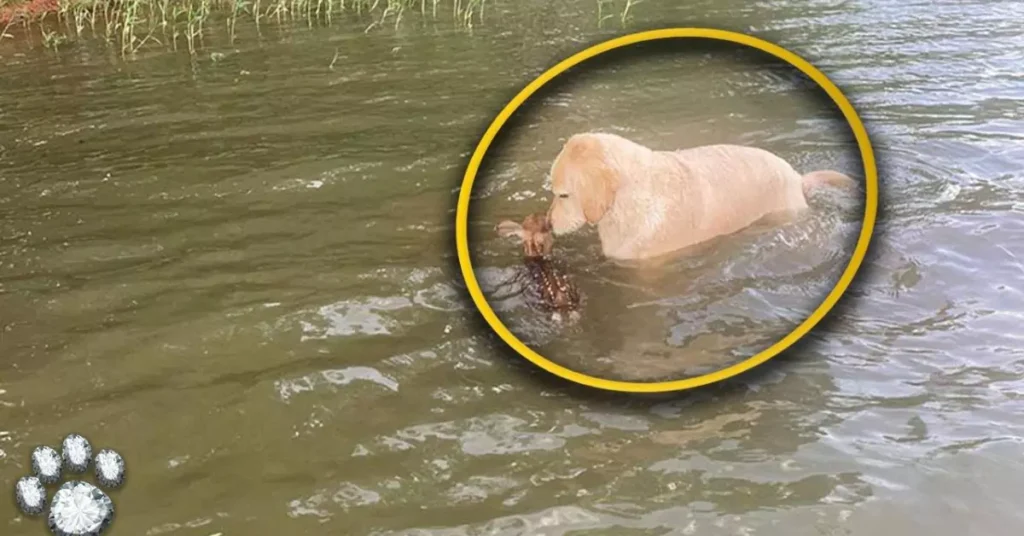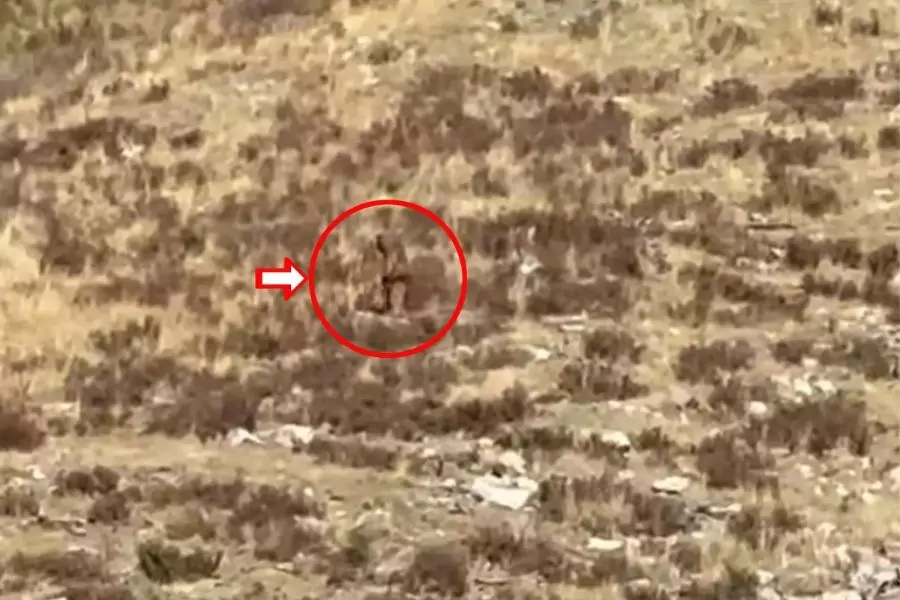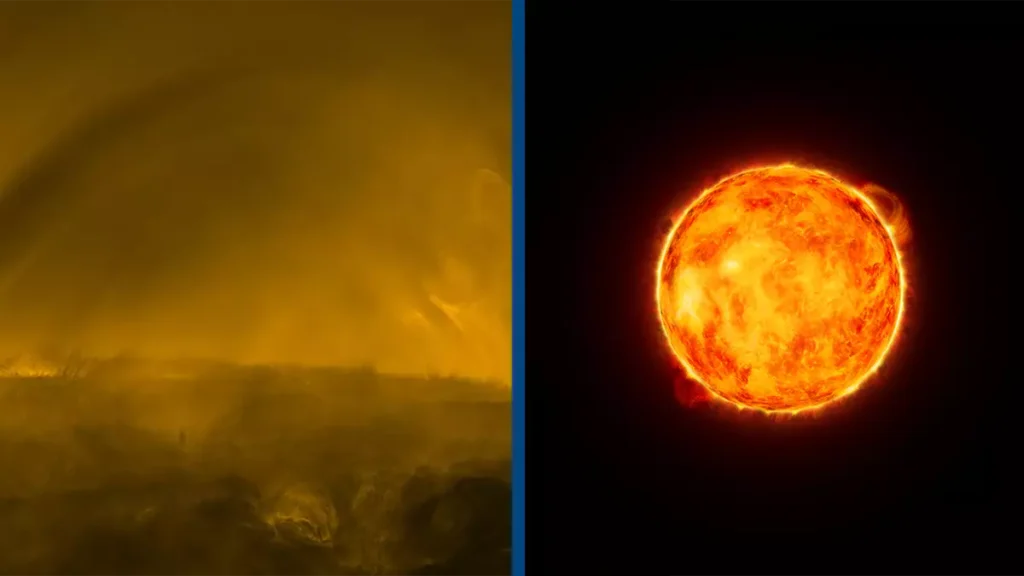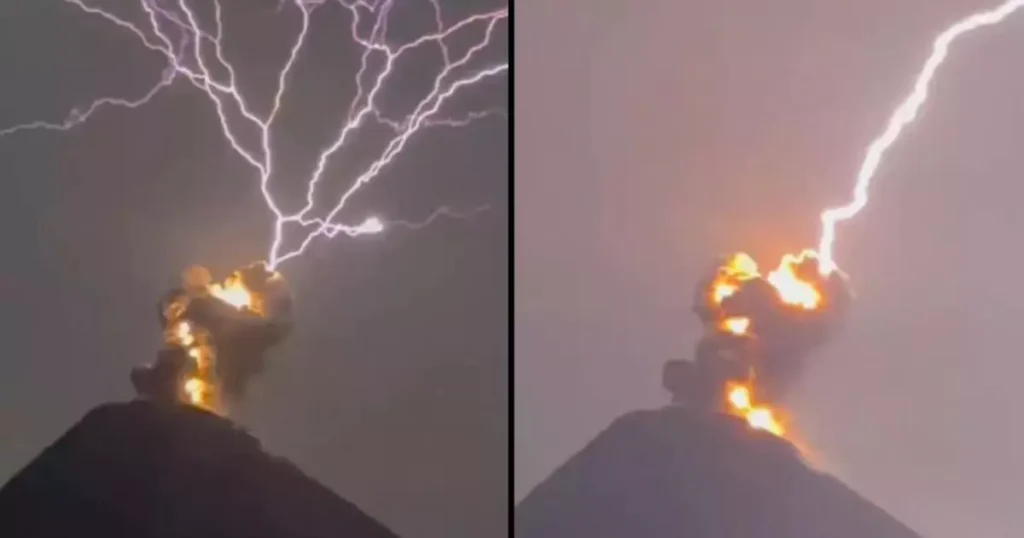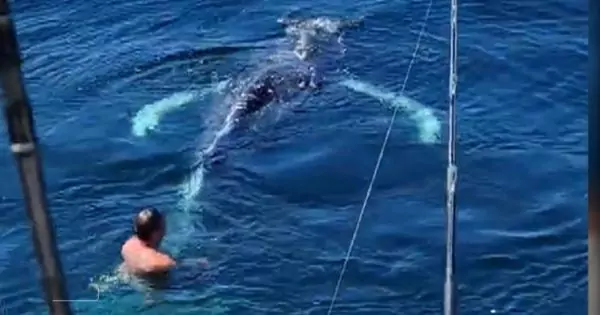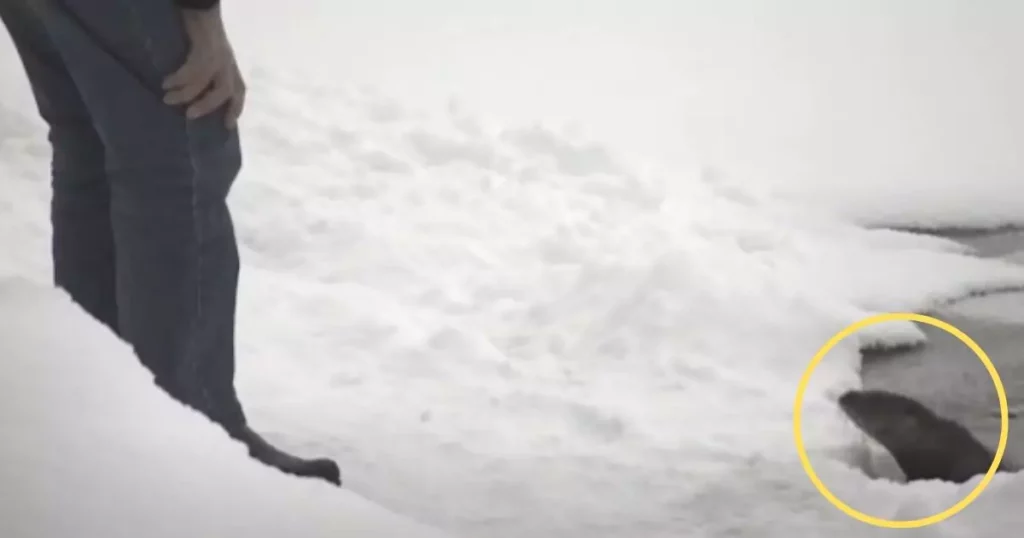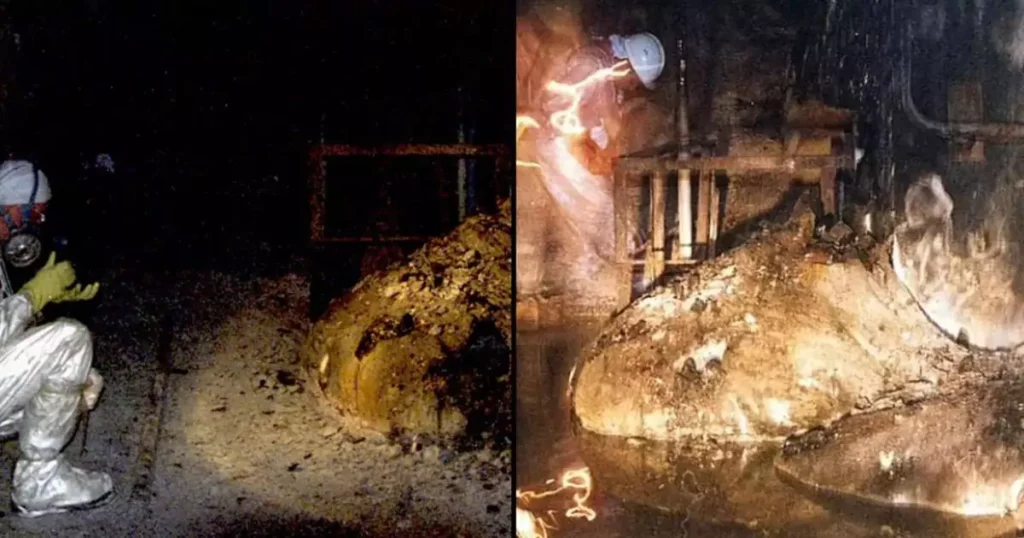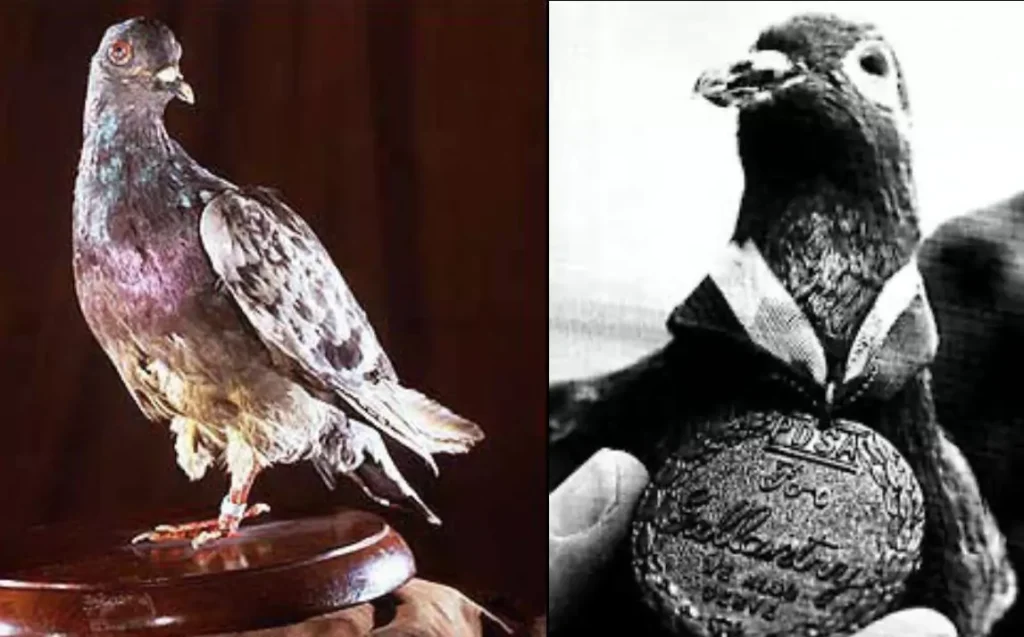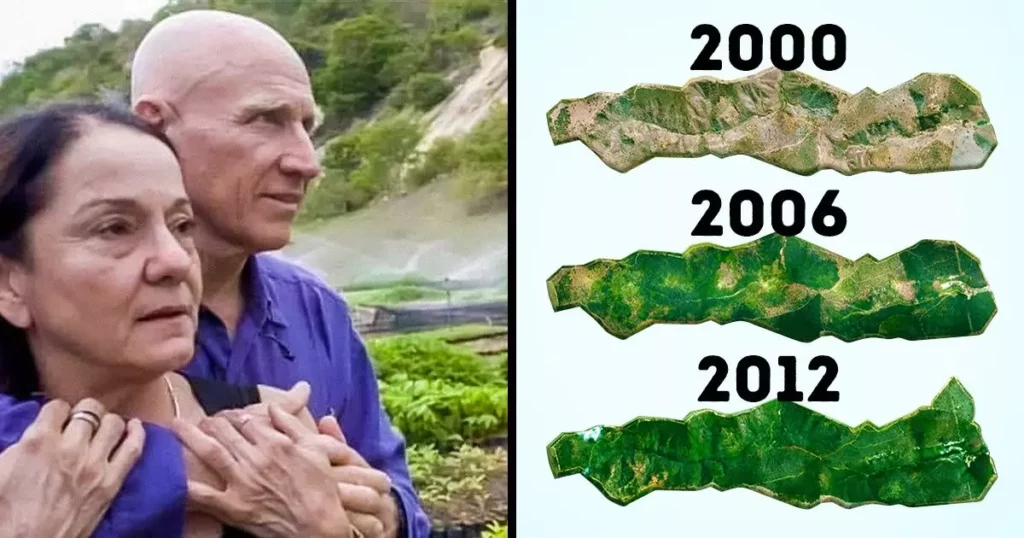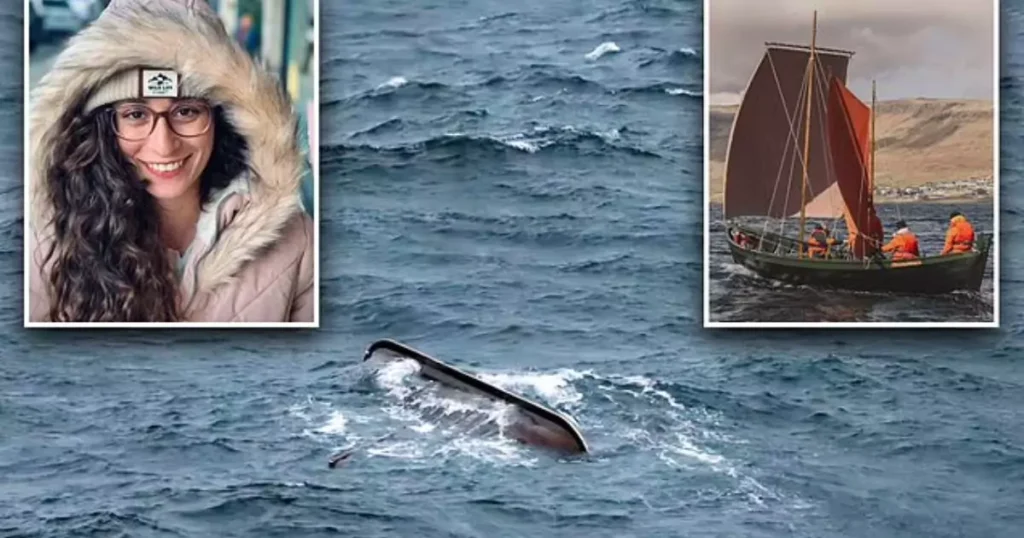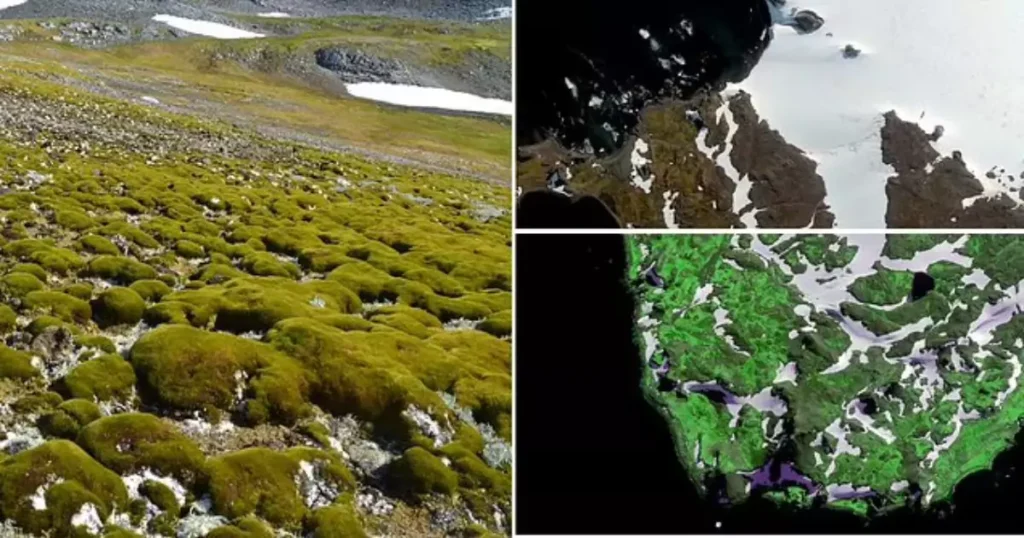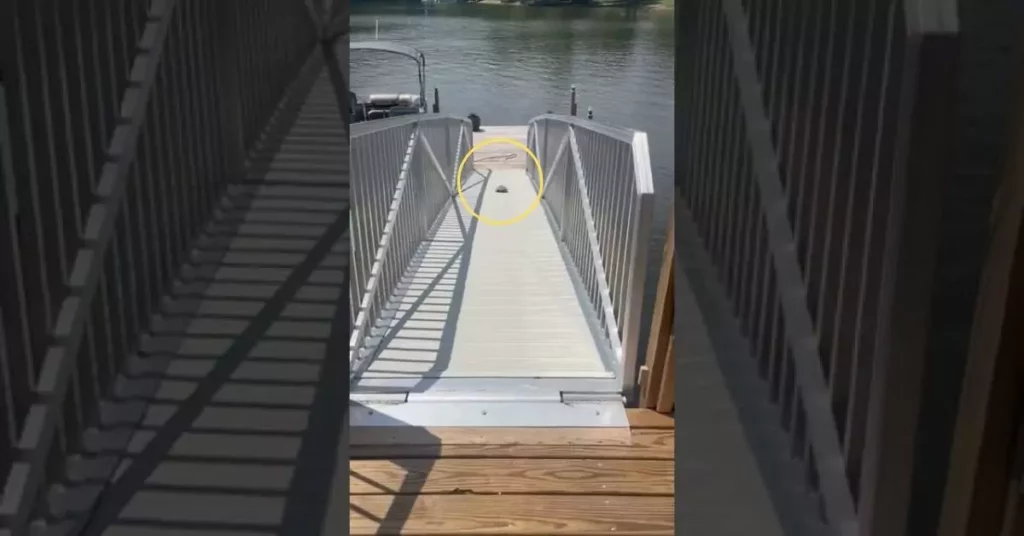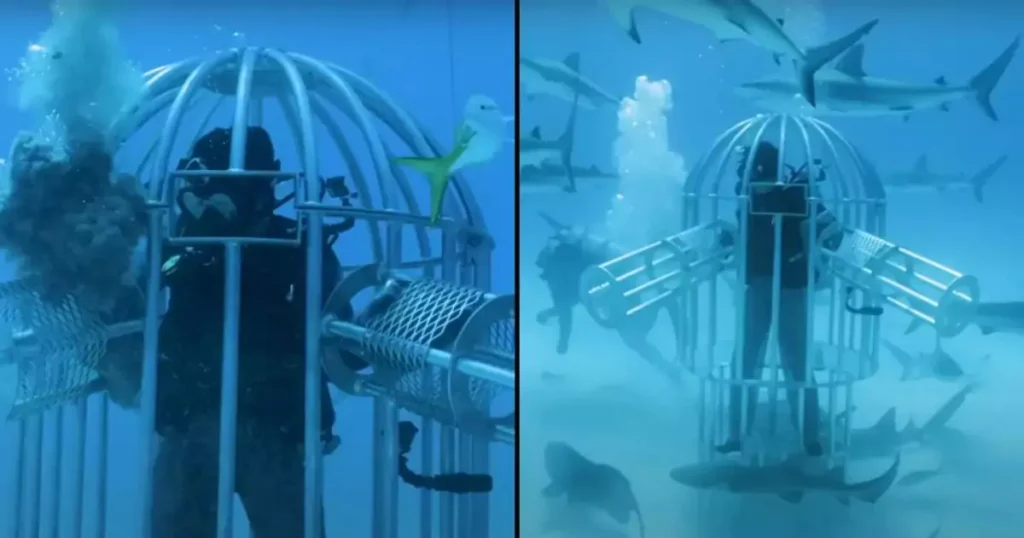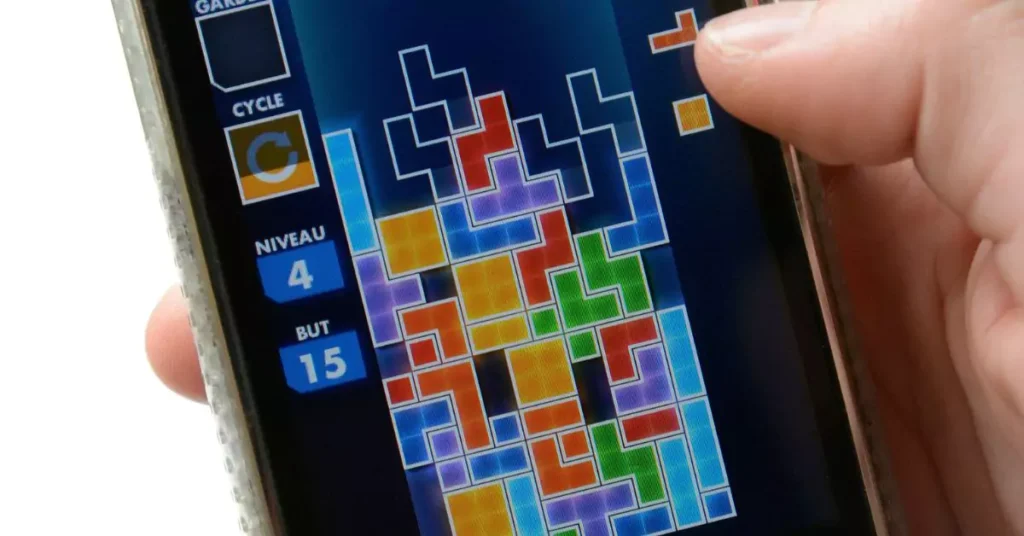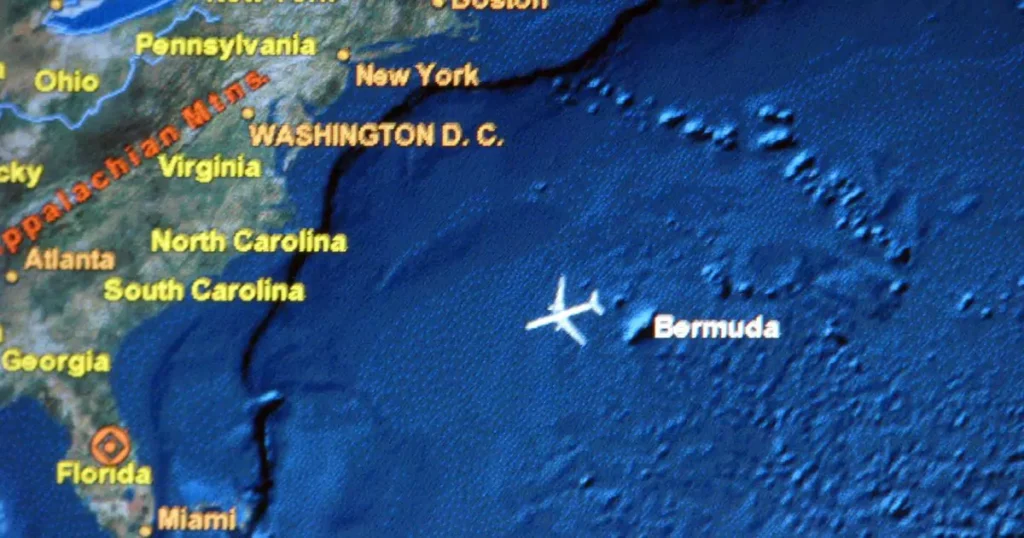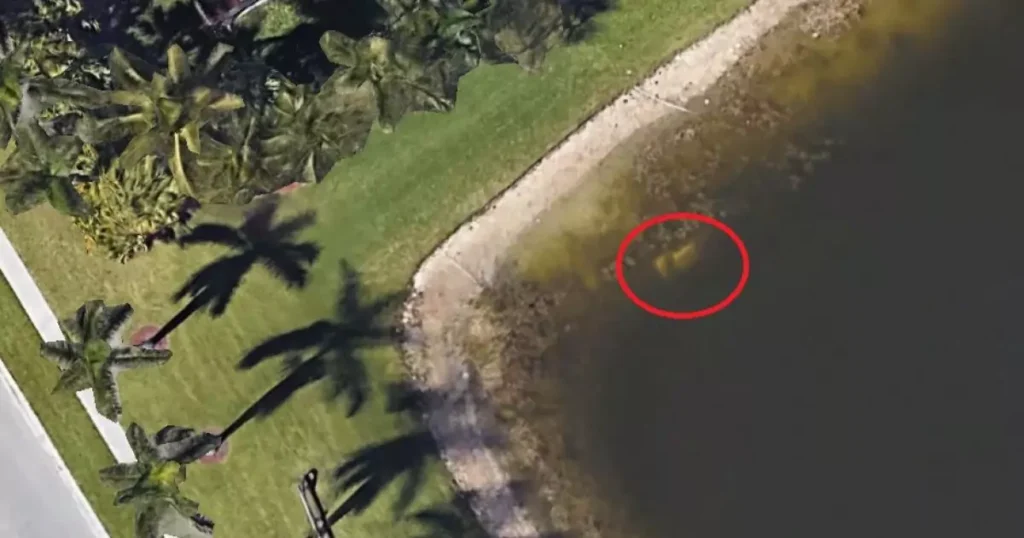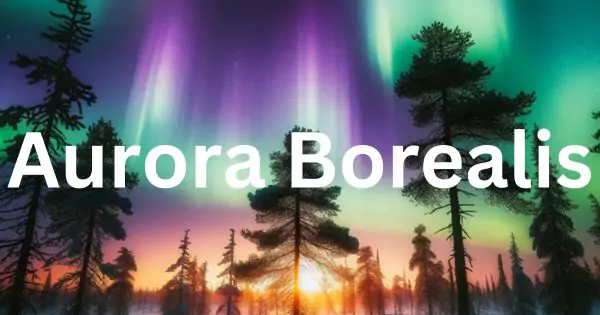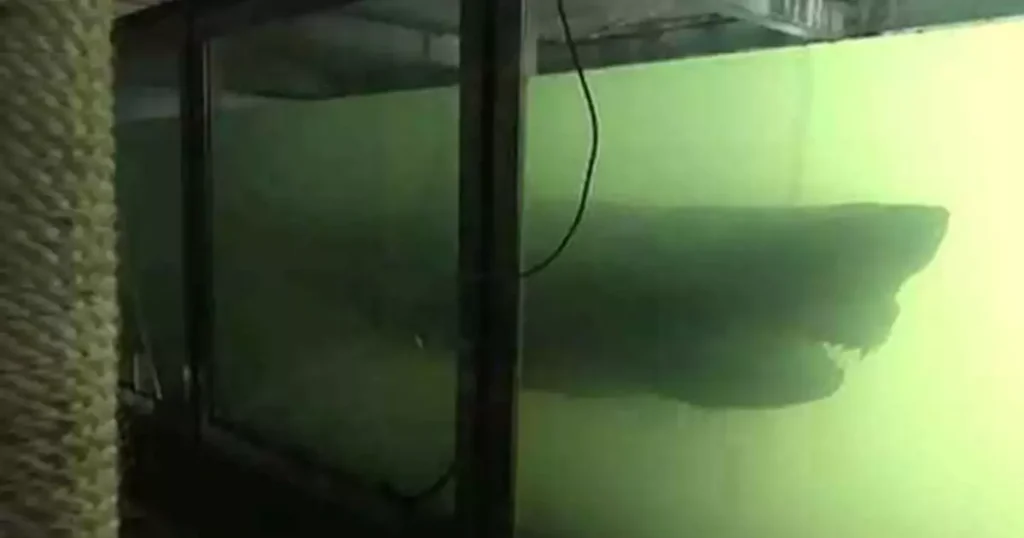
In the infinite expanse of space, a recent photograph of asteroid Ryugu has captured not only the attention but also the imagination of thousands. Released on the Curiosity X social media page, this image is heralded as the “clearest ever taken” of an asteroid, showcasing Ryugu in unprecedented detail. Yet, the photograph has stirred an unexpected reaction among the public, highlighting a deeper, more innate response to the cosmos.
Clearest image ever taken of asteroid Ryugu. The pitch black background is scary… pic.twitter.com/kRfmPdllOT
— Curiosity (@MAstronomers) May 2, 2024
The Eerie Appeal of the Dark Void
Asteroid Ryugu, a near-Earth object classified as a Cb-type asteroid, features a dark surface and measures approximately one kilometer in diameter. Composed of water-rich, carbonaceous materials, Ryugu offers crucial insights into the origins of life on Earth and the evolution of our solar system. This asteroid, while posing a potential hazard due to its proximity, remains a significant focus for scientific research.
Despite the fascinating geological attributes of Ryugu, the public’s focus has shifted beyond the asteroid itself to the profound and unsettling darkness that surrounds it. The stark contrast between the detailed, tangible asteroid and the oppressive, all-encompassing void of space has left many feeling uneasy.
Social Media Reactions
- A Reflection on the Void: “The black is more interesting than the rocks… It’s just eternal endless darkness,” commented one social media user, encapsulating a common sentiment that the void is more intriguing—and more terrifying—than the asteroid itself.
- A Contrast to the Night Sky: Another user expressed confusion over the difference between the star-filled night sky and the pitch-black reality astronauts encounter in space: “So weird that when you look up at night, you see all the stars, but astronauts say it’s pitch black when they are in space. I don’t get it.”
- A Cold, Dark, Empty Space: “Space is cold, dark, empty. This pic is wonderful, though,” noted another, highlighting the dual feelings of awe and discomfort that the image provokes.
The Scientific Significance of Ryugu
The study of Ryugu is not just about understanding a single asteroid; it is a gateway to deciphering the solar system’s past. The carbonaceous samples returned from Ryugu could reveal much about the origin and evolution of the inner planets, including Earth. NASA has emphasized the importance of these studies, which provide invaluable information about the conditions and materials that predate even the earliest forms of life on our planet.
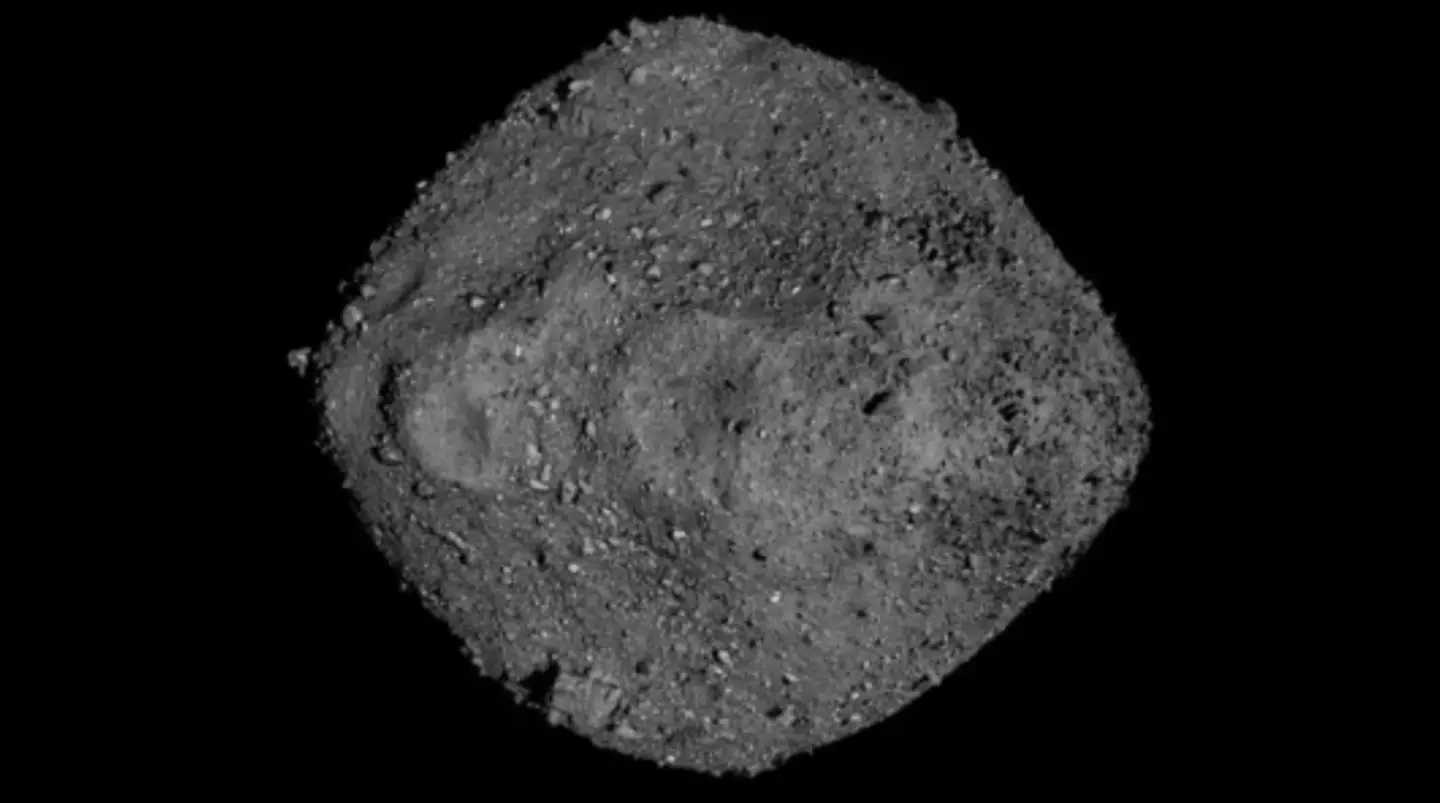
The Case of Asteroid Bennu
In a related narrative, the focus on asteroids also extends to Bennu, another near-Earth asteroid. Known to pass close to Earth every six years, Bennu has been the subject of intense scrutiny due to the slim chance that it might one day collide with Earth. Scheduled for a potential Earth impact on September 24, 2182, NASA has been proactively working to alter its trajectory.
Richard Burns, the project manager for OSIRIS-REx at NASA’s Goddard Space Flight Center, detailed the efforts: “We are now in the final leg of this seven-year journey, and it feels very much like the last few miles of a marathon, with a confluence of emotions like pride and joy coexisting with a determined focus to complete the race well.”
The public’s reaction to the image of Ryugu serves as a profound reminder of our perpetual fascination with and fear of the unknown realms of space. While asteroids like Ryugu and Bennu continue to be subjects of scientific inquiry due to their potential danger and scientific value, they also challenge us to confront the existential realities of our place in the universe. The clarity of Ryugu’s image opens not just a window to the stars but also a mirror reflecting our deepest cosmic curiosities and fears.



